Let say I did four measurements/experiments (M1..M4) producing intensity values which vary across 5 locations (loc_1...5). I observed various classes of elements (n=7). Now I would like to summarize the results into a single diagram using facet_grid and geom_raster from ggplot2. I end up with the diagram below (see image).
Now the question is whether there is a simple solution to force rows to fill the space in each facet (i.e to drop unused rows in each panel).
Thank you
rm(list=ls())
library(ggplot2)
library(reshape2)
set.seed(123)
# let's create a fake dataset
nb.mesure <- 4
n.row <- 200
n.col <- 5
nb.class <- 7
d <- matrix(round(runif(n.row * n.col),2), nc=n.col)
colnames(d) <- sprintf("Loc_%02d", 1:5)
# These strings will be the row names of each heatmap
# in the subsequent facet plot
elements <- sample(replicate(n.row/2, 1:100))
# let's create a data.frame d
d <- data.frame(d,
mesure = sort(rep(c("M1","M2","M3", "M4"), n.row/4)),
elements= elements,
class=sample(nb.class,
length(elements),
rep=T,
prob = seq(0.01, 0.25, length.out=7))
)
# Data are melt
dm <- melt(d, id.var=c( "mesure", "elements", "class"))
colnames(dm) <- c("mesure","elements", "class", "pos", "intensity")
# Plotting
p <- ggplot(dm, aes(x = pos, y = elements, fill = intensity))
p <- p + geom_raster()
p <- p + facet_grid(mesure~class , scales = "free", space="free_y")
p <- p + theme_bw()
p <- p + theme(text = element_text(size=8))
p <- p + theme(text = element_text(family = "mono", face = "bold"))
p <- p + theme(axis.text.y = element_blank(),
axis.ticks.y=element_blank(),
axis.text.x = element_text(colour="grey20",
size=6,angle=45,
vjust = 0.3))
print(p)


